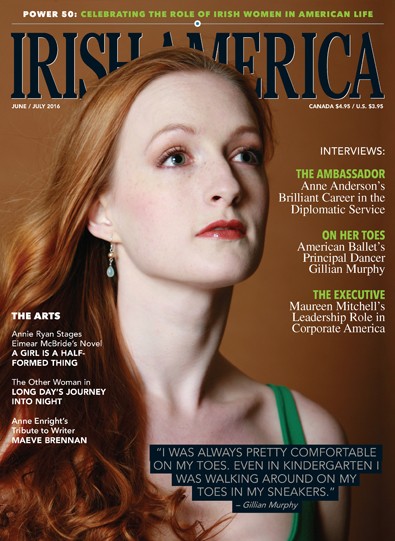
As she celebrates her 20th season with ABT, Gill makes the cover of Irish America, and is named one of their inaugural “Top 50 Power Women”. Brava!
Haunting the Web Since 1999

As she celebrates her 20th season with ABT, Gill makes the cover of Irish America, and is named one of their inaugural “Top 50 Power Women”. Brava!
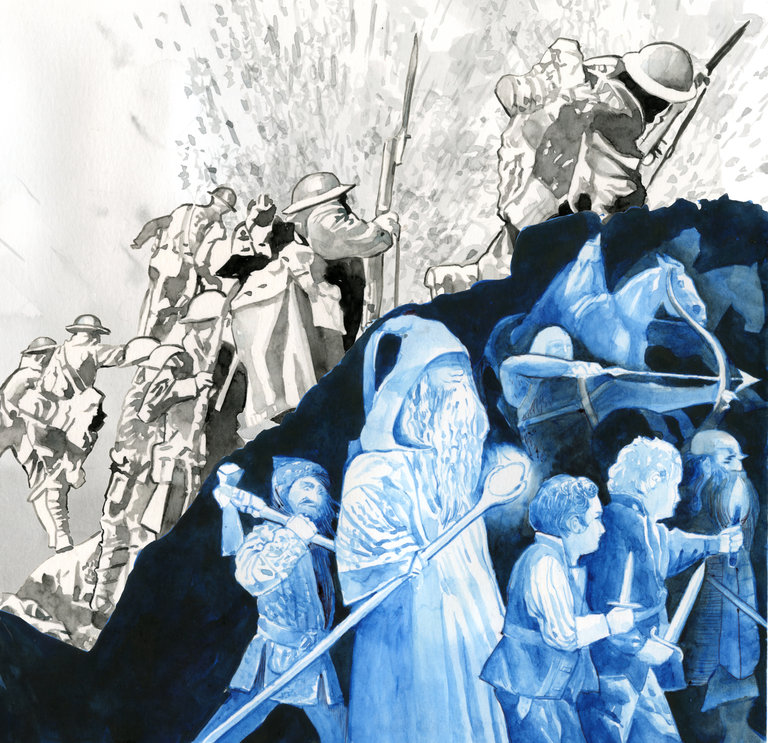
In the NYT, author and historian Joseph Loconte writes on the impact of the Battle of the Somme on young J.R.R. Tolkien. “When the Somme offensive was finally called off in November 1916, a total of about 1.5 million soldiers were dead or wounded.” (Among the deceased: my great-grandfather, Alfred Amory Sullivan.)
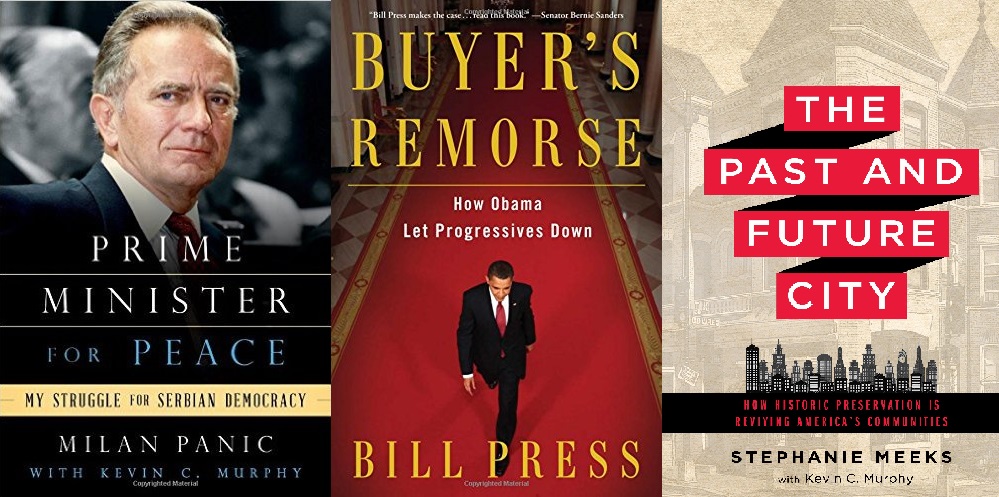
Prime Minister for Peace tells the story of Milan Panic, a California businessman who’s lived a Zelig-like life of sorts. As a child, he fought with the partisans against the Nazis in his native Yugoslavia. As a young man, he became an Olympic cyclist, and used that opportunity to escape Tito’s Communism and defect to the West. He then started a pharmaceutical business that made him a millionaire several times over.
This book focuses on his experiences in the 1990s, when he went back to the then-fragmenting Yugoslavia to serve as Prime Minister, and, in trying to bring peace to the Balkans, went toe-to-toe with Serbian dictator Slobodan Milosevic, not to mention cynical Western diplomats and sundry other ethnic nationalists.
Buyer’s Remorse, my sixth collaboration with Bill Press since 2001 — he writes; I research, outline, edit, and fine-tune — covers, in a nutshell, all the many ways Barack Obama’s presidency let progressives down. If you’ve swung by here at any point in the past, you’ve already heard me go on about this at some length, so no need to belabor it here. (This book came pre-researched, in that regard.)
Interesting sidenote: This has been the biggest-selling book I’ve been involved with since the Carville/Ken Starr one in ’99, in part because the Clinton campaign tried to bash Bernie Sanders with it in the early primaries. (Clinton is apparently Obama’s biggest fan, except when she isn’t.)
And The Past and Future City, coming out this October, is what I’ve been working on this past spring, with NTHP president and CEO Stephanie Meeks. It makes the case for historic preservation in the 21st century and argues, in effect, this isn’t your grandparents’ preservation movement anymore.
All over America, historic buildings are helping make cities more desirable, and urban residents happier and healthier. They are spurring economic growth, nurturing start-up businesses, and creating jobs. They are reducing energy costs and environmental impact, and encouraging healthy living practices like walking and cycling. They are helping to provide solutions to challenges like affordability, displacement, and climate change. And they are turning diverse neighborhoods into communities, and helping us come to terms with the difficult chapters in our history. And the best part is, they’re already there — they just need smart, forward-looking policies to unlock their power and potential. On sale soon!
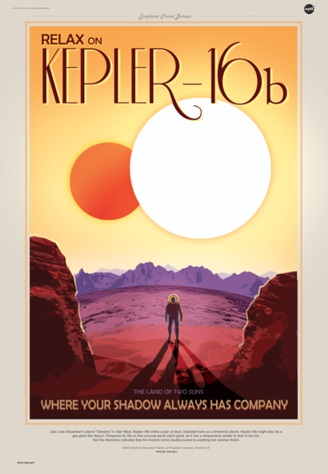
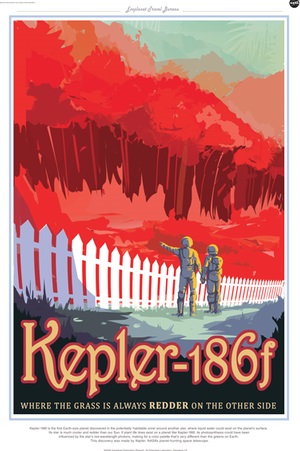
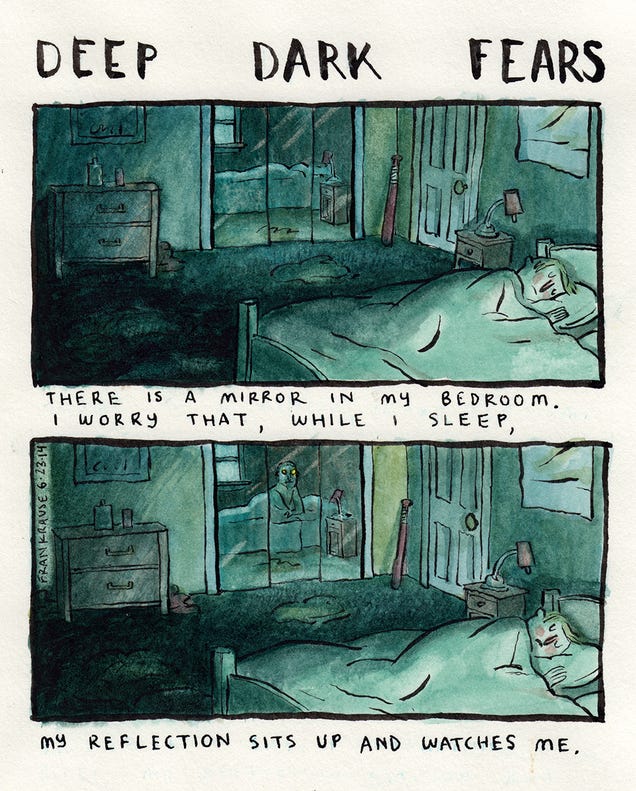
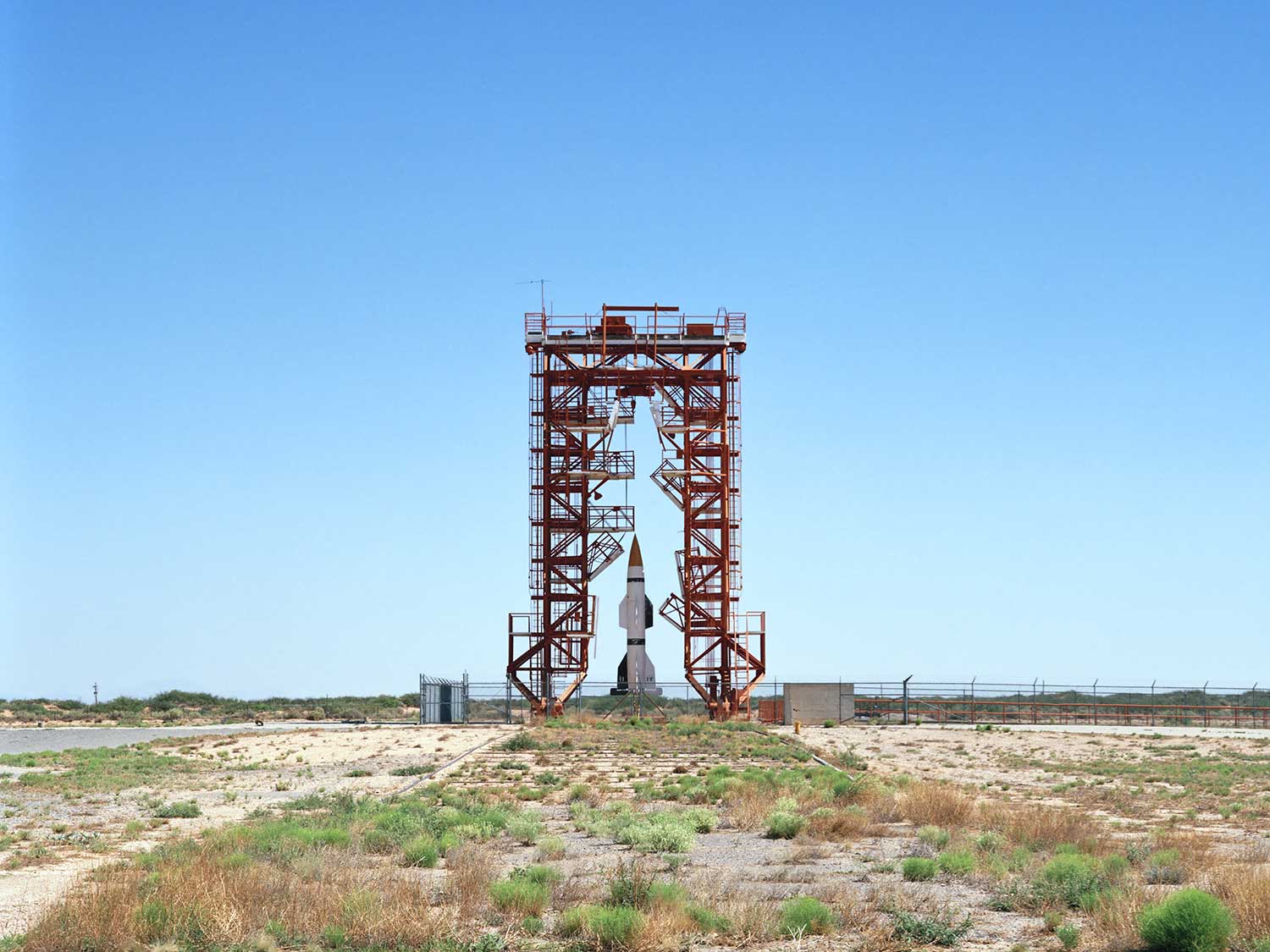
In Wired, photographer Roland Miller captures the decaying infrastructure of the early space race. “As launch pads were replaced, retrofitted or decommissioned, Miller was invited inside. By his estimate, 50 percent of the things he’s photographed no longer exist. ‘It’s not in NASA’s mission to conserve these sites,’ he says. ‘With shrinking budgets it’s an impossible thing to do.'”
“There’s not only last week’s deadly crash by Virgin Galactic, which hoped to launch widespread space tourism, or the unexpected explosion of a rocket headed toward the International Space Station. The United States also retired the space shuttle fleet in 2011. And…we now spend less on NASA — relative to the wealth of overall economy — than at any point in history.”
In very related news, and in the wake of Interstellar (which, on account of all the reasons I just mentioned, I haven’t seen yet), the Post‘s Zachary Goldfarb briefly surveys our current neglect of the space program. (Here’s what we’ve got planned at the moment.) “As recently as 2012, polling showed that more Americans than ever before thought that we were spending too little.”

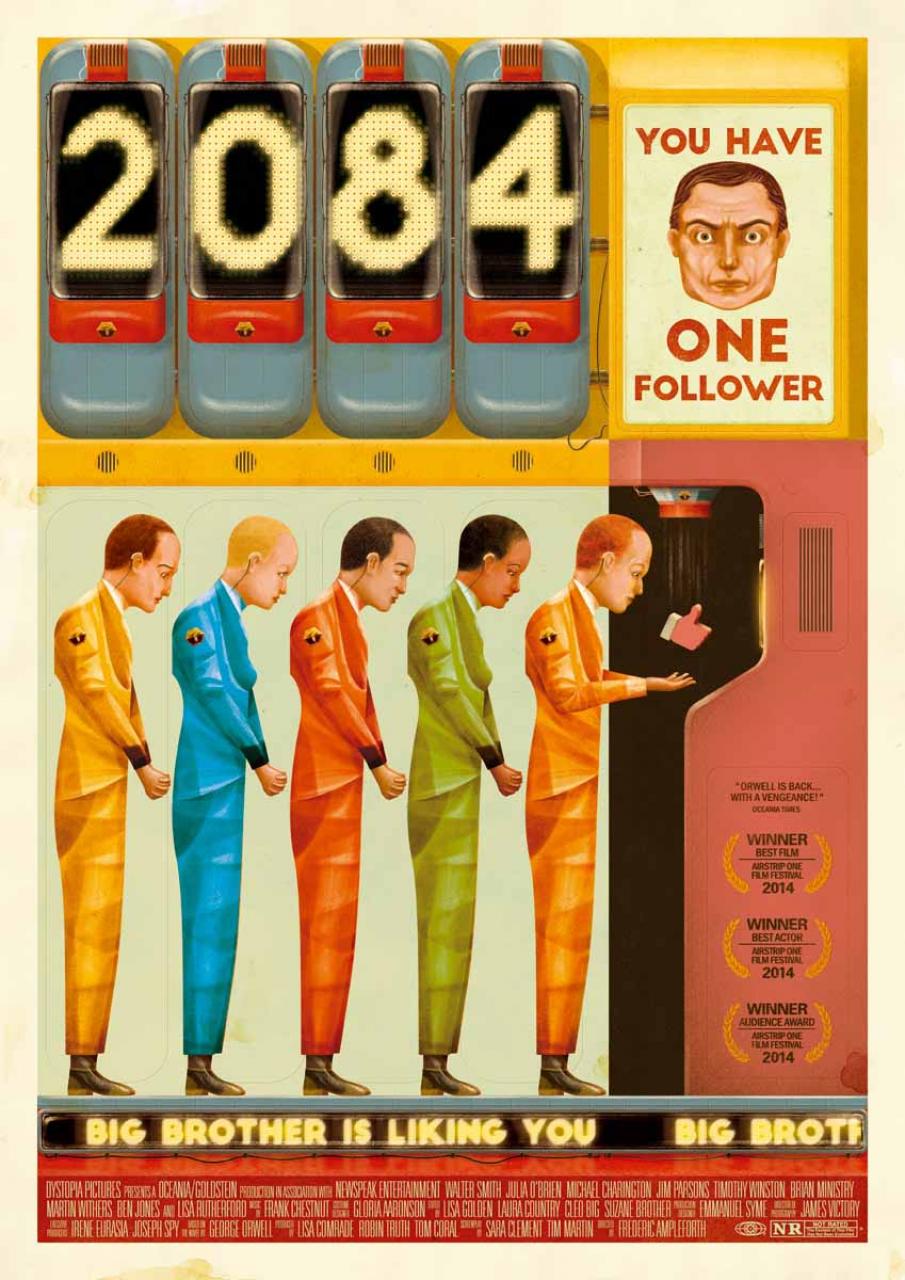
There’re actually sequel ideas they’re not using? The iam8bit gallery in Los Angeles features a fun exhibition of posters for sequels that never were, or at the very least, have not yet come to pass. (More here.)
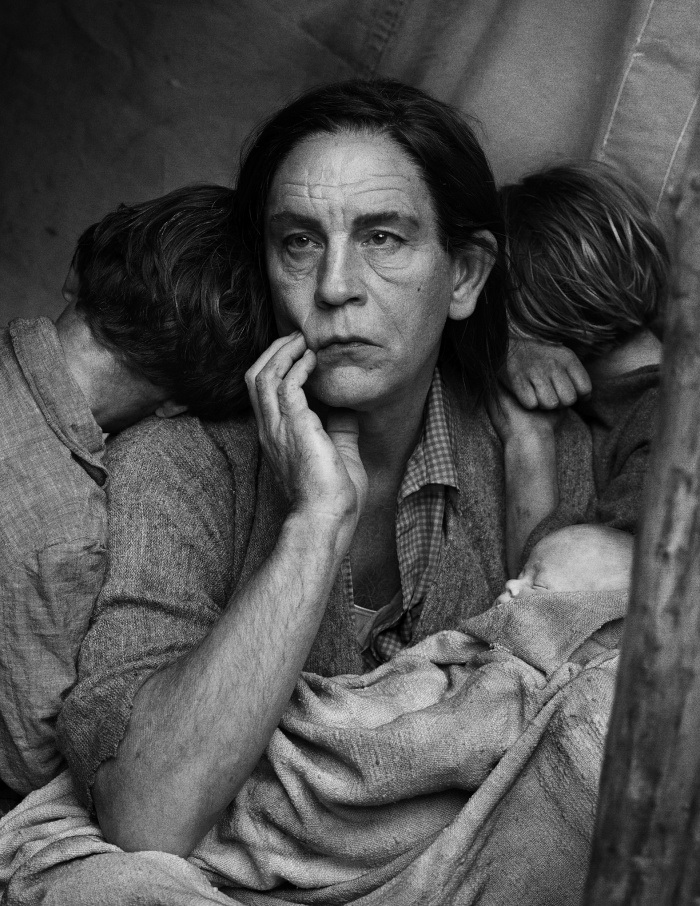
Malkovich, Malkovich. Malkovich, Malkovich… Ok, so this is pretty transparent blogger-bait, but, hey, I have a blog! John Malkovich recreates 100 famous photographs for artist Sandro Miller. “Sandro Miller ‘has been photographing people for over thirty years. He became interested in photography at the age of sixteen upon seeing the work of Irving Penn and has since devoted his life to creating expressive images.'”

In related news, Michael Stipe of R.E.M. talks about the art of Douglas Coupland and the legacy of 9/11. “Is that who we are now? Blind, unquestioning, warlike? Are we that violent, that childish, that silly, that shallow? Are we that afraid of others? Of ourselves? Of the possibility of genuine change? Are we that easily swayed, that capable of defending ‘American interests’, whatever ‘American interests’ means?
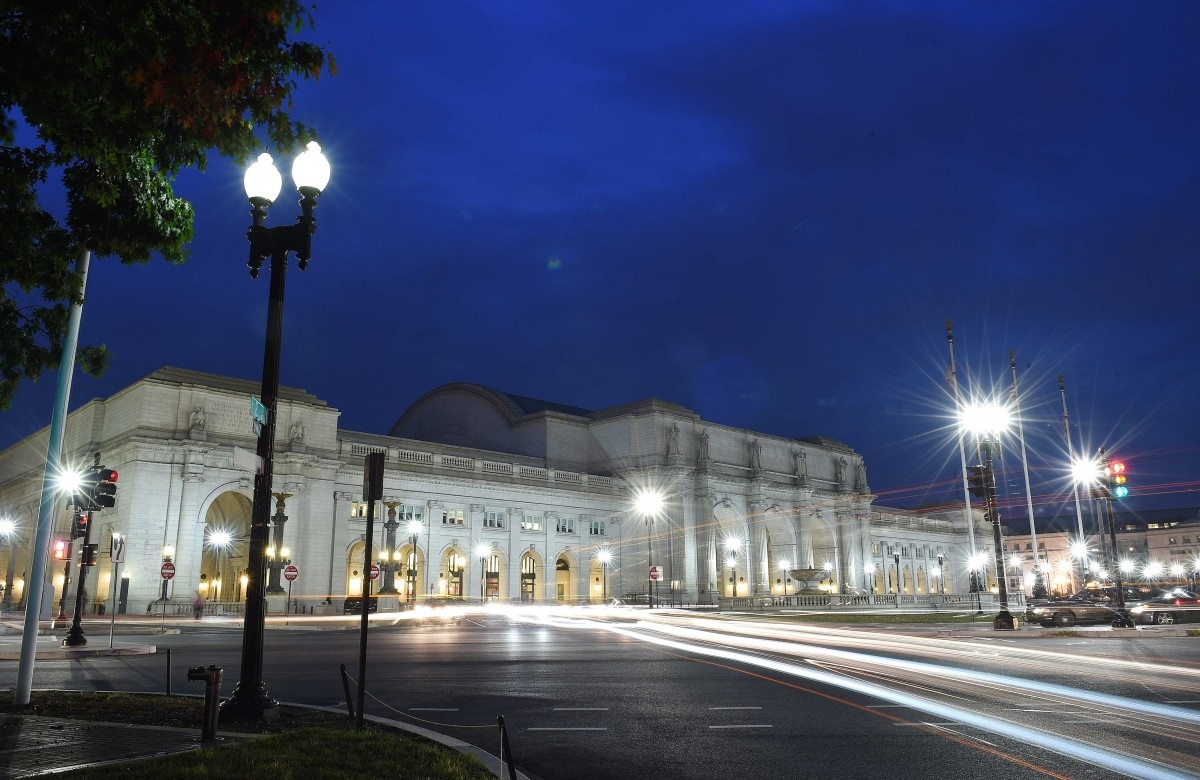
In a long and handsomely illustrated piece, WaPo’s Stephen Pearlstein looks into the reimagining of Union Station (or is it Truman Station), in light of both commuter needs and the burgeoning of NoMa, H-St, and the DC downtown in general. “This new Union Station would go well beyond the ambitions of Daniel Burnham’s original Beaux-Arts masterpiece. Its footprint would span 10 square blocks — two blocks east to west, five blocks north to south, from the foot of Capitol Hill to K Street.”
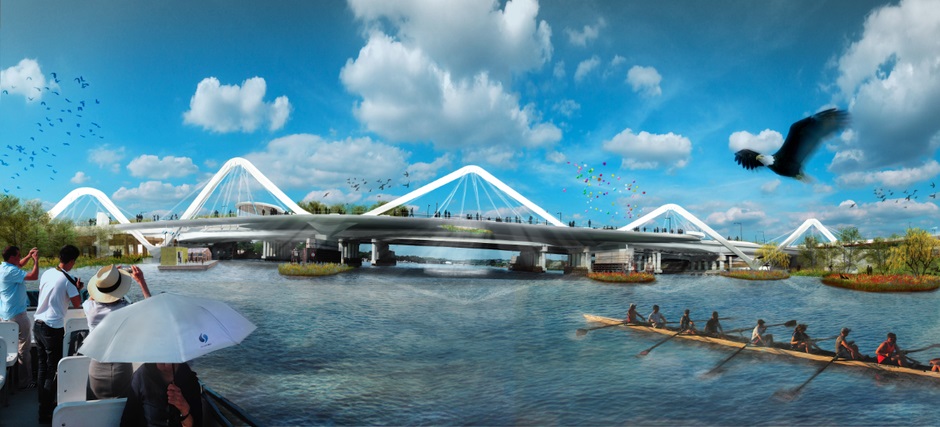
And while we’re re-envisioning DC, CityLab looks at some intriguing “High Line”-style plans for the 11th Street Bridge. “Maybe the City Council could be convinced of the merits of the Southeast-to-Southwest Streetcar line once D.C. decides on a final design for the edgiest architecture project in the city’s history.”